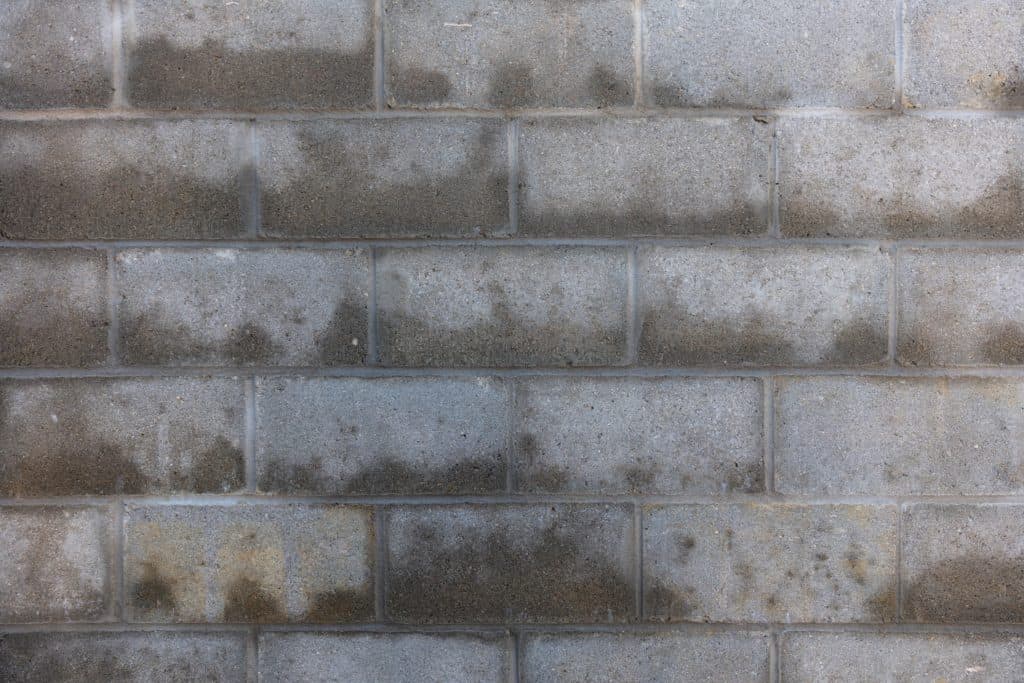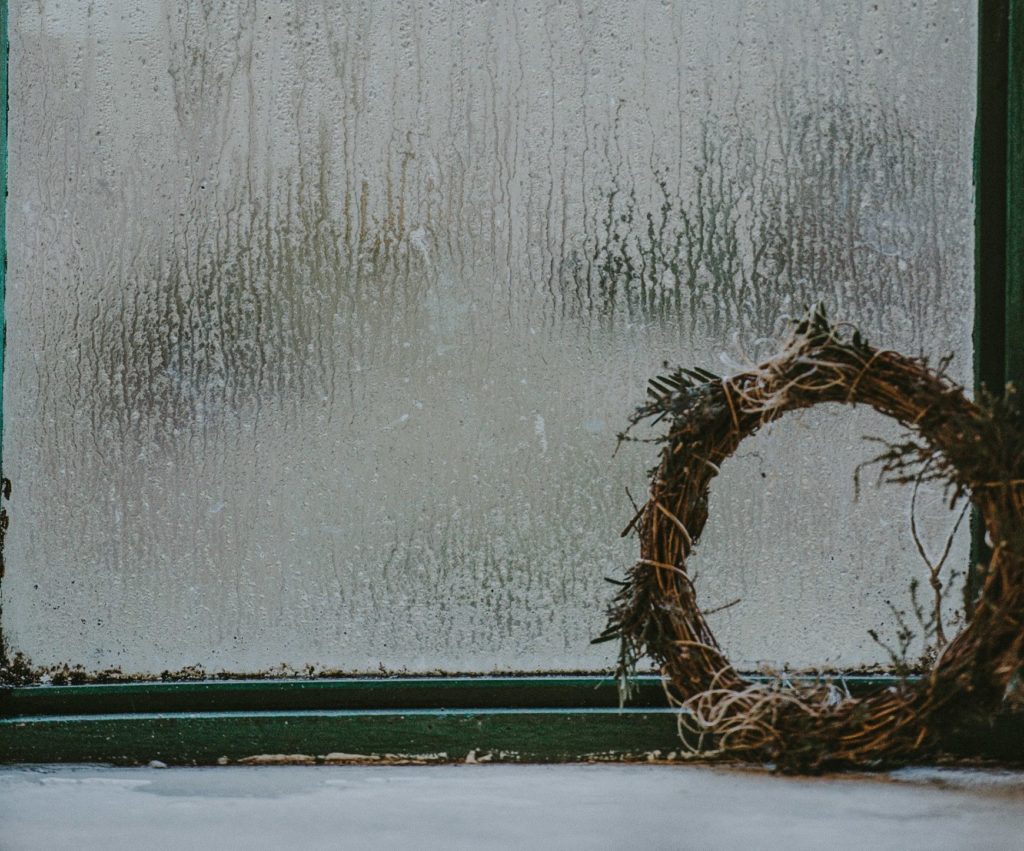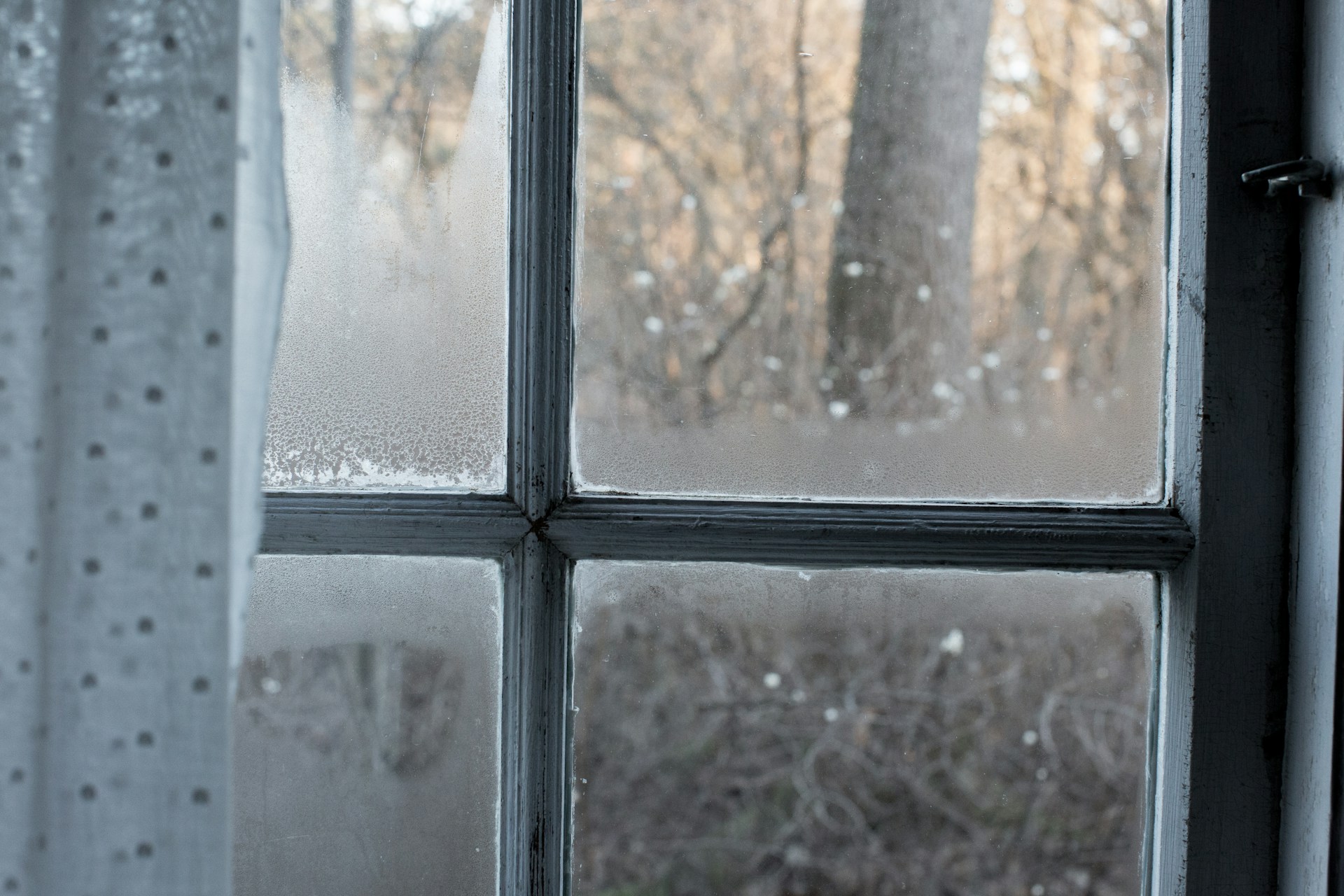Damp is a common issue that is present in many properties. If you are buying a property it’s good practice to look out for the signs of damp and be aware of the types of damp that may be present. But, how do surveyors check for damp?
Surveyors have extensive experience in what to look for overall and it’s likely they will have seen many cases of damp. They have special equipment in order to detect damp, so it’s more thorough than a visual check. If the property you wish to purchase has damp issues, it is especially important to have a home survey (level 2) completed.
Read on to learn more about damp, how surveyors identify it and what to look out for.
What Do Surveyors Use To Check For Damp?
To check for damp, a house surveyor will have a damp meter. This specialist equipment enables them to accurately check the moisture levels of walls, floors and ceilings. This check can identify the presence of damp even if it is not visible. A normal reading is between 0-15%.
You can do some basic tests for damp yourself, we would recommend looking for the following:
- Check the floorboards – If they feel spongy this could indicate they are absorbing moisture from the flooring beneath them.
- Ceilings and walls – Wallpaper may be peeling, bubbling up in places or be discoloured. There may be obvious signs such as black mould. Patches are usually easy to spot.
- Smells – Damp usually has a musty, stale smell.
It’s not always obvious visually that there is damp in a property, especially if the owners have kept on top of cleaning or treating areas. It’s always best to opt for a homebuyers report to have a thorough check done by a registered surveyor.

What Happens If A Survey Finds Damp?
If a surveyor finds any presence of damp within the property they will record this in the house survey findings. As these Home Surveys are generally non-invasive, if we believe the damp found needs a further invasive inspection from a Specialist Damp & Timber Surveyor, we’ll advise you on this and your next steps
Should I Be Worried About Damp On Survey?
If your house survey reports a damp issue it should contain details of next steps to take to resolve the issue. Depending on the severity, the findings will indicate whether it is necessary to seek advice from a Specialist Damp & Timber Surveyor or Specialist Contractor. If you undertake a Level 3 Home Survey, or your surveyor advises on getting a Specialist Invasive Survey, they can give an estimate of the costs to repair any issues. You can the findings to negotiate with the vendor on the cost of repairs and to ensure the issue is remedied swiftly. However, it’s not always necessary to bring in an outside expert, the cause of the damp may already be identified in your homebuyer’s report.
Does A Seller Have To Disclose Damp?
Yes, if you’re buying a property in the UK it is a legal requirement for sellers to disclose any issues of damp to prospective buyers. Failure to disclose such information or cover up evidence of the problem can result in a misrepresentation claim where damages would have to be paid. This is one reason why we recommend everyone has a home survey completed.
How Much Does Damp Devalue A House?
Damp can devalue a house by approximately 10 percent. Depending on the type and severity of the damp, this could be higher. Taking this into account you should look to amend an offer price on a property if there is a damp issue.
Is Damp Expensive To Fix?
The cost of fixing damp is entirely dependent on the type of damp present, its severity and the treatment required. Older houses tend to have more issues with damp than new build properties. The most common types of damp are:
- Condensation – This is commonly found in kitchens and bathrooms, but can be found in any room. It can form as water droplets on windows and you may see streaks on walls – especially within steamy areas such as bathrooms. Try to ventilate all rooms as much as possible to prevent condensation from occurring. Depending on the cause of the condensation determines how expensive this could be.
- Rising Damp – As the name indicates, rising damp comes from the ground level of a property and seeps into the structure. Less commonly found in newer properties, rising damp can be found on the ground floor. Signs of rising damp include tide like marks on the walls, and peeling paint and wallpaper. Although a less commonly found issue, rising damp can be expensive to fix. Learn more about what rising damp is in our blog post.
- Penetrating Damp – This type of damp spreads horizontally. It can be caused by leaks relating to poorly fitting windows and doors, broken downpipes, guttering issues, leaks within the roof and more. Estimated costs for this vary, due to the different ways it could be caused.
- Dry Rot – Dry rot is a type of fungal decay that affects timber in buildings. It occurs when moisture levels are high (usually above 20%) but can spread through dry areas once it has established. Signs of dry rot include a musty smell in your home, cracking or shrinking wood, and the presence of mould on the walls. Dry rot can be particularly expensive to fix because it often requires extensive removal of affected wood and thorough treatment of the area to prevent recurrence.
- Wet Rot – Wet rot, unlike dry rot, stays in areas where timber is continuously damp. It is typically less destructive than dry rot but can still cause significant damage to the structural integrity of wood. Signs of wet rot include a damp, musty smell, soft and spongy timber, and visible mould growth. Fixing wet rot involves removing the source of moisture and replacing the affected timber, and the costs can vary based on the extent of the damage and the underlying moisture issue.

What Type of Survey Do I Need?
If the property you are looking to buy is a more modern one, built from conventional materials and in good condition, then an RICS level 2 survey would be suitable. This survey will look at the current condition of the property and outline any issues, such as damp. It will also detail brief advice on a fix for issues identified.
If the property is an old building (built prior to the 1940s), a listed building or one that has significant damage, then a level 3 building survey would be a better fit. This survey covers an in-depth look at the structure of a building and provides a comprehensive report on the property. If any issues, such as damp, are discovered this will be detailed in the report. This type of report will also include the average cost to have repairs carried out and can put you in touch with local tradespeople.
To look more closely at the finer details of our surveys we have created a blog post on the differences between level 2 and level 3 home surveys.
RICS Level 2 & Level 3 Surveys in Sheffield
Here at Fourth Wall we are dedicated to helping you obtain full knowledge of the building you are interested in, or already own. Get a quote for your RICS survey today or get in touch to discuss which option is right for you.




